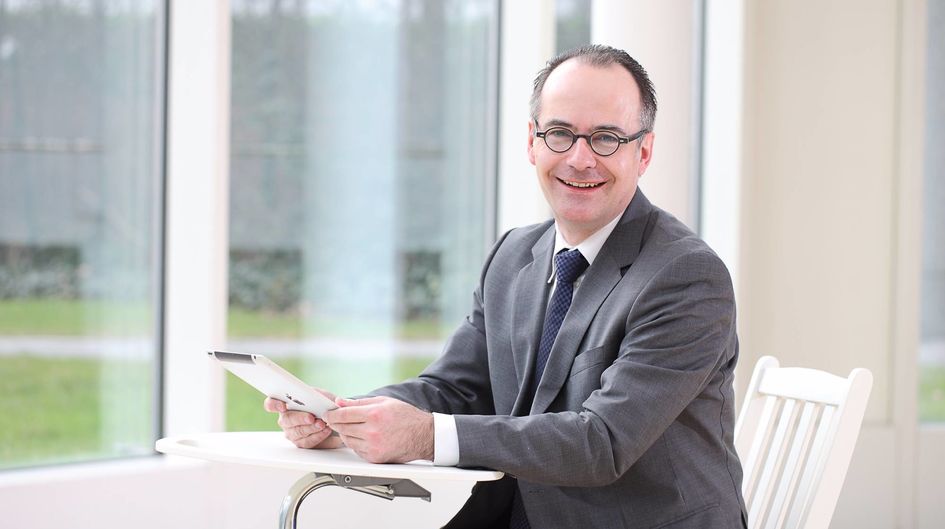
A different view of the world
Museums are not simply a means of recording different eras for posterity, they also stimulate creative thinking. In this context, Evonik is engaged in numerous projects in the field of arts and culture. With International Museum Day coming up, we spoke with Markus Langer, head of brand communication at Evonik.
Evonik is very actively involved in the field of arts and culture. How do these areas fit in with a specialty chemicals company?
Evonik’s brand essence is creativity. The creativity, with which our chemists and engineers develop innovations for our customers. For people like these, who consistently strive to develop new ideas and new ways of thinking, they must be able to perceive the world in a different way to how it actually is. This is where art and culture come in. Art can change our view of the world. Art can help us to gain new perspectives. Art sharpens our sense of possibility.
For many years now, Evonik has been a sponsor of the Jewish Museums in Frankfurt and Berlin and is committed to providing support, both financial and active. How will Evonik be involved here in the future?
On the one hand, we will work closely with the Jewish Museums to set up project days on the topic of social responsibility for our apprentices. On the other, we are fascinated by the special role of inquisitiveness in Jewish culture – we can see many links to modern innovation processes.
What are the key criteria for Evonik in the selection of museums for culture sponsorship?
We focus primarily on whether a museum is a good fit for our brand and for our core competencies. If it is, then the partnership with the museum automatically tells the visitors something about us. At our sites, the geographical proximity to a museum can also be the determining factor. By promoting the local culture there, we can give something back to our neighbors.
May 13 is International Museum Day. What was the most recent exhibition you visited?
I visited the small but beautiful exhibition “Shift Matters” in the Villa Schöningen in Potsdam, next to the Glienicker Bridge. It featured works from Alicja Kwade and Jorinde Voigt. I was also fascinated by the “Welcome to Jerusalem!” exhibition in the Jewish Museum in Berlin. Unusual exhibits and the latest technology combine to give us an insight into the complex history of the Holy City. It’s a must see!
And which museum is next on your list?
Oh, that’s a tough question, there are so many good ones: To mark the end of the coal-mining era in Germany, 17 museums from 13 cities in the Ruhr region have come together to produce a unique exhibition project looking at the topic of coal. But where does one start? Perhaps in the Küppersmühle Museum in Duisburg, our museum partner in the Ruhr region: This features the work of the Greek artist Jannis Kounellis, who used coal as one of the basic elements of his art installations.




